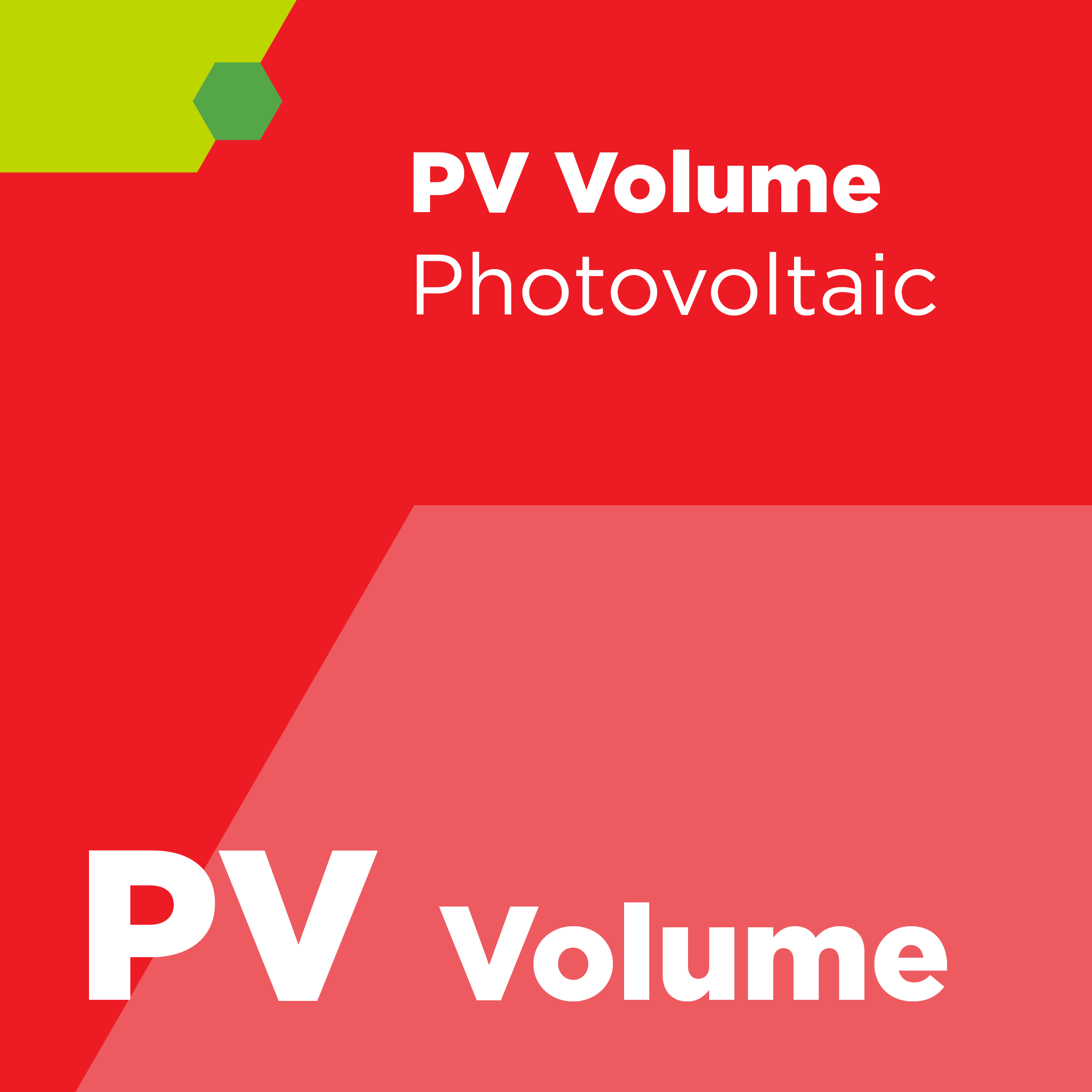
SEMI PV2 - Guide for PV Equipment Communication Interfaces (PVECI) -
Abstract
NOTICE: This Standard or Safety Guideline has an Inactive
Status because the conditions to maintain Current Status have not been met.
Inactive Standards or Safety Guidelines are available from SEMI and continue to
be valid for use.
The purpose of this Guide is to define the IT equipment
automation/integration interface of process, automation and metrology equipment
used in photovoltaic (PV) manufacturing. It intends to produce economic
benefits for both manufacturers and equipment suppliers. On the one hand the
standard is expected to release PV manufacturers from the burden to specify the
interface with each equipment supplier and to facilitate an increased level of
functionality across all manufacturing equipment. On the other hand, it will
reduce the effort equipment suppliers currently have to spend to develop and
maintain a variety of equipment interfaces. Altogether, it is expected to
reduce both costs and time required for the ramp-up of new production lines and
thus supports the industry’s ability to grow.
This Guide references a collection of SEMI and other
standards, and gives hints how to apply them in PV manufacturing environment in
order to establish a reliable and extensible framework for the IT integration
of equipment.
This Guide for PV equipment communication interfaces
applies to equipment used in PV manufacturing lines; independent of the base
technology used (such as crystalline or thin film). It is mainly intended to be
applied to cell manufacturing, module manufacturing or frontend/backend
manufacturing—however it is not limited to these areas of application.
The scope of this Guide is limited to the IT interface used
to integrate equipment within factory automation systems.
This Guide can be applied to inline equipment as well as
batch equipment. Basically, a piece of equipment can be seen as a mechanical
entity in the factory which plays a role in the manufacturing process. It can
be used to transport, store or process material and can have a modular
structure. Figure 1 is an example structure of a piece of equipment. A host is
a computer or a network of computers which exchange information with the
equipment in order to fulfill manufacturing tasks.
Referenced SEMI Standards (purchase separately)
SEMI E5 — SEMI Equipment Communications Standard 2 Message
Content (SECS-II)
SEMI E10 — Specification for Definition and Measurement of
Equipment Reliability, Availability, and Maintainability (RAM)
SEMI E30 — Generic Model for Communications and Control of
Manufacturing Equipment (GEM)
SEMI E37 — High-Speed SECS Message Services (HSMS) Generic
Services
SEMI E37.1 — High-Speed SECS Message Service Single
Selected-Session Mode (HSMS-SS or HSMS-SSS)
Revision History
SEMI PV2-0709E (editorial revision)
SEMI PV2-0709 (first published)
 |
Interested in purchasing additional SEMI Standards? Consider SEMIViews, an online portal with access to over 1000 Standards. |
Refund Policy: Due to the nature of our products, SEMI has a no refund/no exchange policy. Please make sure that you have reviewed your order prior to finalizing your purchase. All sales are final.

This product has no reviews yet.